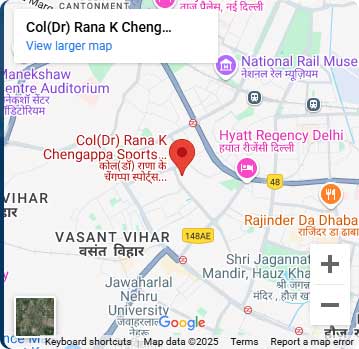How bone ligament and tendon respond to exercises
Connective tissue response to exercise is mediated by cells identifying tissue tension and then altering the kind and quantity of tissue they generate.
Different tissues respond differently to exercise, and the kind, quantity, and frequency of loading all affect how each tissue reacts.
Exercise affects physiological processes, cell shape, and matrix alignment directly.
Important factors include the type, frequency, and amount of deformation.
While tensile loads cause tissue production similar to that of tendons or ligaments, higher magnitude or prolonged loading will cause fibrocartilage formation.
Bone response to exercise
Weight-bearing exercise and regions of bone that experience greater muscle force both promote bone deposition.
Bone development seems to be highly sensitive to stresses, either in addition to or instead of the applied load magnitude.
It has been demonstrated that trabecular bone growth is increased by 34% by very low magnitude high-frequency vibration.
This implies that bone density may be increased by stresses as low as possible, much below the threshold for physical harm.
Tendon Response to Exercise
Tendons increase their collagen concentration, collagen cross-linking, tensile strength, and stiffness in response to higher tensile pressures.
After 12 months of physical training, Woo et al. demonstrated that the swine's extensor digitorum ten-dons increased in weight, strength, collagen content, and stiffness to match the flexor digitorum longus, which was typically stronger and did not alter in response to the same program.
Tendon hypertrophy and enhanced cross-linking are the results of persistently elevated loading.
Exercise also seems to counteract some of the aging-related alterations in connective tissue. When the tendon adjusts to the increased loads, progressive tensile loading has been utilized to treat chronic tendon problems with success.
Ligament Response to Exercise
Exercise has been shown to have a good impact on ligament healing and to avoid harmful alterations in healing ligaments.
Under typical loading circumstances, the recovery of normal ligament structure and mechanics following immobilization is a gradual process that may take many months.
Though the amount of loading and the duration of the adaptations remain unknown, exercise seems to have the potential to accelerate this process.




